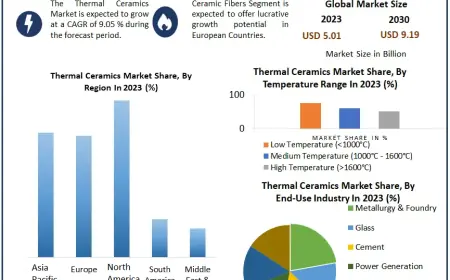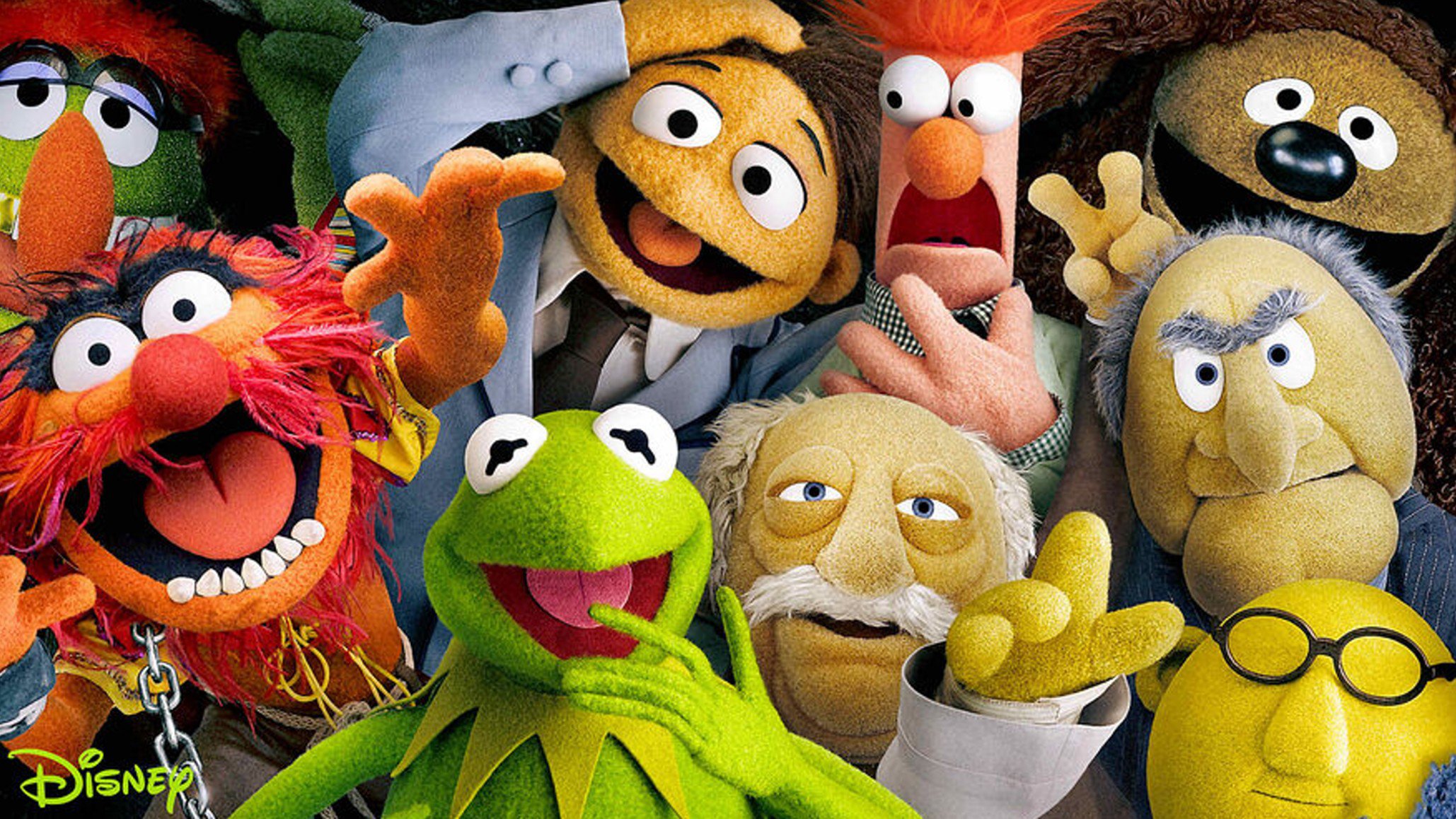Dissertation Help: Enhancing Your Dissertation with Visual Aids
Discover how to enhance your dissertation with visual aids. Learn the importance of charts, graphs, tables, and images, and how to effectively integrate them into your research.

When it comes to crafting a dissertation, the quality of your research and writing is paramount. However, many students overlook a powerful tool that can significantly enhance their dissertation: visual aids. Integrating visual elements such as charts, graphs, tables, and images into your dissertation can not only make your arguments clearer but also engage your readers more effectively. This article explores how visual aids can elevate your dissertation help and offers practical advice on how to use them to your advantage.
The Importance of Visual Aids in Dissertation Writing
Visual aids are essential components of effective academic writing. They provide a means to present complex data and concepts in a more digestible format. For instance, a well-designed graph can succinctly illustrate trends and comparisons that might otherwise require lengthy textual explanations. This is particularly valuable in a dissertation, where clarity and precision are crucial. By incorporating visual aids, you can enhance the readability of your work, making it easier for your audience to grasp intricate details and draw meaningful conclusions.
Choosing the Right Type of Visual Aid
Selecting the appropriate type of visual aid depends on the nature of your data and the message you wish to convey. Common visual aids include charts, graphs, tables, and images, each serving different purposes:
- Charts are useful for showing relationships between variables. For example, pie charts can depict proportional data, while bar charts can illustrate comparisons across categories.
- Graphs can present data trends over time, helping readers understand changes and patterns.
- Tables are ideal for displaying raw data and summarizing information that might be cumbersome to describe in text.
- Images can enhance your dissertation by providing visual evidence or illustrating concepts that are difficult to convey with words alone.
Incorporating Visual Aids into Your Dissertation
Integrating visual aids into your dissertation help requires thoughtful consideration. Ensure that each visual element serves a clear purpose and directly supports your research objectives. Avoid cluttering your dissertation with unnecessary visuals that do not add value. Each visual aid should be accompanied by a detailed explanation in the text, describing its relevance and how it contributes to your argument. This approach not only helps in reinforcing your points but also aids in maintaining a professional and scholarly tone throughout your dissertation.
Best Practices for Designing Effective Visual Aids
Designing effective visual aids involves more than just choosing the right type of visual. Here are some best practices to consider:Consider the following best practices:
Clarity and Simplicity:
Ensure that your visual aids are easy to understand. Avoid overly complex designs or excessive detail that might confuse your readers. The goal is to make your data more accessible, not more convoluted.
Consistency:
Maintain a consistent style throughout your dissertation. Use uniform colors, fonts, and formats to create a cohesive look. Consistency helps in making your dissertation appear professional and well-organized.
Labeling and Annotation:
Clearly label all visual aids and provide appropriate captions and annotations. This information helps readers interpret the visuals correctly and understand their significance in the context of your research.
Relevance:
Only include visual aids that are directly relevant to your research. Each visual should contribute to your argument or provide valuable insights. Avoid adding visuals just for decoration or to fill space.
Utilizing Dissertation Writing Services for Visual Aids
For those seeking additional support, dissertation writing services can offer valuable assistance in creating and integrating visual aids. These services often provide expert guidance on how to effectively present data and can help in designing professional-quality visuals. By working with a dissertation writer who specializes in visual aids, you can ensure that your dissertation meets high academic standards and stands out for its clarity and professionalism.
The Role of a Dissertation Writer in Enhancing Visual Presentation
A skilled dissertation writer can play a crucial role in enhancing the visual presentation of your dissertation help. They can help in selecting the most appropriate types of visual aids, designing them effectively, and integrating them seamlessly into your work. Additionally, a dissertation writer can provide expert advice on how to present complex data in a clear and engaging manner, ensuring that your visuals complement and strengthen your written content.
Ensuring Academic Integrity with Visual Aids
While visual aids can greatly enhance your dissertation, it is essential to maintain academic integrity. Properly cite any sources of data or images used in your visuals to avoid plagiarism. Additionally, ensure that all visual aids accurately represent your data and findings. Misleading or inaccurate visuals can undermine the credibility of your research and negatively impact your dissertation.
Conclusion
Incorporating visual aids into your dissertation help is a powerful way to enhance its effectiveness and readability. By carefully selecting and designing charts, graphs, tables, and images, you can make complex information more accessible and engaging for your readers. Whether you are using dissertation writing services or working with a dissertation writer, ensure that your visual aids are clear, relevant, and professionally presented. With the right approach, visual aids can significantly elevate the quality of your dissertation and contribute to a more compelling and persuasive academic work.
FAQ: Dissertation Help: Enhancing Your Dissertation with Visual Aids
Why are visual aids important in a dissertation?
Visual aids are crucial because they help present complex data and concepts in a more digestible format. They make your arguments clearer, highlight trends, and enable readers to grasp intricate details more easily. Effective use of visual aids can enhance the readability and impact of your dissertation.
What types of visual aids can I include in my dissertation?
You can include several types of visual aids in your dissertation, such as:
- Charts: Useful for showing relationships between variables (e.g., pie charts, bar charts).
- Graphs: Ideal for illustrating data trends over time.
- Tables: Best for displaying raw data and summarizing information.
- Images: Helpful for providing visual evidence or illustrating complex concepts.
What are some best practices for designing effective visual aids?
To design effective visual aids, follow these best practices:
- Clarity and Simplicity: Ensure that visuals are easy to understand and not overly complex.
- Consistency: Maintain a uniform style throughout your dissertation.
- Labeling and Annotation: Provide clear labels, captions, and annotations to help readers interpret the visuals.
- Relevance: Include only visuals that are directly relevant to your research and argument.
Can dissertation writing services help with visual aids?
Yes, dissertation writing services can assist with creating and integrating visual aids. They offer expert guidance on selecting the right types of visuals, designing them professionally, and ensuring they enhance your dissertation. Working with these services can help improve the quality and effectiveness of your visual presentations.
What should I do if I’m unsure how to create or integrate visual aids?
If you're unsure how to create or integrate visual aids, consider seeking help from dissertation writing services or consulting with a dissertation writer. They can provide guidance and support to ensure that your visuals are effectively designed and correctly incorporated into your dissertation.
What's Your Reaction?
 Like
0
Like
0
 Dislike
0
Dislike
0
 Love
0
Love
0
 Funny
0
Funny
0
 Angry
0
Angry
0
 Sad
0
Sad
0
 Wow
0
Wow
0














































